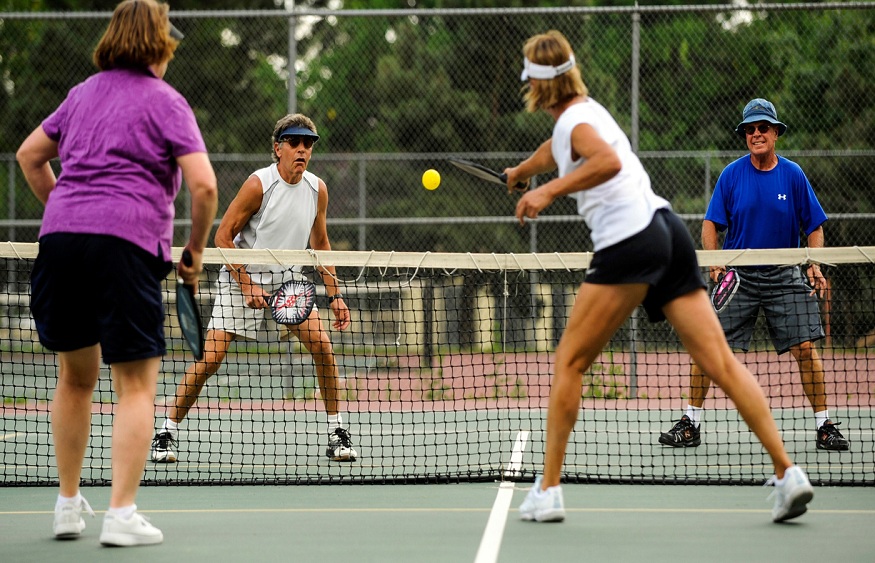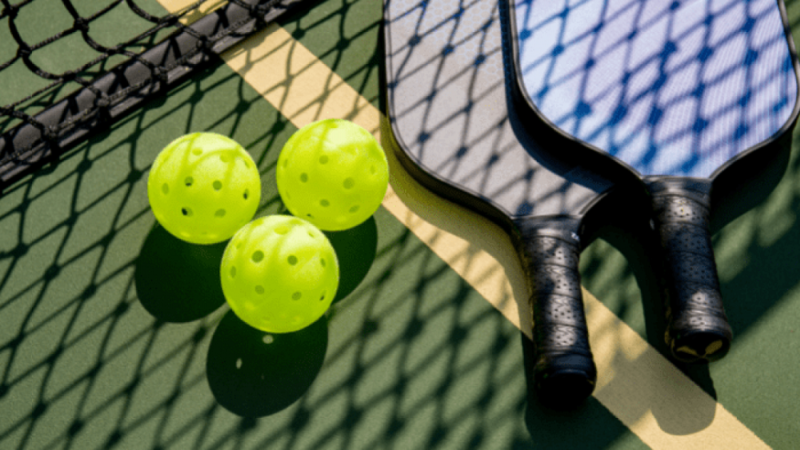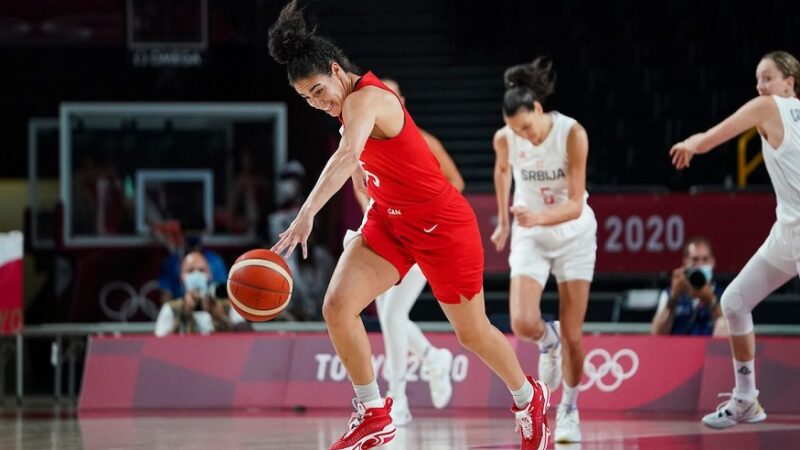Perfecting Your Play Understanding the Art of Pickleball Doubles
Pickleball, a fast-paced, exciting sport that combines elements of tennis, badminton, and table tennis, is best known for its doubles format. Pickleball doubles offers a dynamic and engaging experience for players of all skill levels. In this comprehensive article, we’ll explore the rules, strategies, and dynamics that govern pickleball doubles play, helping both beginners and experienced players elevate their game in this thrilling format.
The Basics of Pickleball Doubles
Pickleball doubles, as the name suggests, is a team sport consisting of two teams, each with two players. The court dimensions remain the same as in singles play, measuring 20 feet wide and 44 feet long for doubles. A net divides the court into two equal sides, and the game is typically played to 11 points, with the winning team needing to secure a two-point lead. Let’s delve into the rules and strategies that shape pickleball doubles play.
Rules of Pickleball Doubles
Service Rules:
- The team that serves first in a game is determined by a coin toss or another random method.
- The serving team must declare who will serve first and announce the score.
- The serve in pickleball must be made diagonally, starting from the right-hand side of the court and landing in the opponent’s diagonal service court.
- The server must stand behind the baseline and serve underhand.
- The ball must clear the net and land in the opposing service court.
- The receiver must let the served ball bounce once before returning it.
- The receiving team has the option to choose which player will receive the first serve.
- Points are scored only by the serving team.
Double Bounce Rule:
- The serving team must let the return of serve bounce once before either player can begin volleying (hitting the ball in the air).
- The receiving team must also allow the serve to bounce before hitting it back.
Volley Zone (Kitchen):
- The kitchen, or non-volley zone, is a seven-foot area on both sides of the net.
- Players are not allowed to volley (hit the ball in the air) while standing inside the kitchen.
- Players must have both feet behind the kitchen boundary to avoid foot faults.
Faults:
Common faults in pickleball include serving out of bounds, not allowing the ball to bounce when required, stepping on the kitchen boundary, and volleying from the kitchen.
Read more:Unlocking Your Shooting Potential: Effective Drills with Shooting Machines
Rotation Rules:
In pickleball doubles, players rotate positions on the serving team after each side-out, meaning that the player who served the previous point moves to the non-volley zone (kitchen) until they score another point.
The receiving team does not rotate positions.
Strategies for Success in Pickleball Doubles
Effective Communication:
Communication is the linchpin of successful pickleball doubles play. Teams should establish a clear system for calling shots and deciding who will take specific balls. Precise and efficient communication prevents confusion and errors.
Court Coverage:
Players should work together to effectively cover the court, ensuring no area is left undefended. Coordination and teamwork are essential in doubles play. Move as a unit and avoid creating gaps that opponents can exploit.
Volleying Skills:
Developing solid volleying skills is crucial in doubles play. Well-placed volleys can exert pressure on opponents and keep them on the defensive. Practice both soft and hard volleys to control the pace of the game.
Serve Placement:
The serve in pickleball is an opportunity to dictate the tone of the point. Aim for the opponent’s weaker side or body to limit their options for an effective return.
Transition to the Kitchen:
Transitioning from the baseline to the kitchen is a vital aspect of pickleball doubles. Knowing when to move forward and take control of the kitchen is key. Typically, players advance to the kitchen when they have the upper hand in the point.
Minimize Unforced Errors:
Reducing unforced errors, such as hitting the ball into the net or out of bounds, is essential for success. Consistency is paramount, so aim for controlled, accurate shots that keep the ball in play.
Variety of Shots:
Keep opponents guessing by employing a range of shots. Mix in dinks (soft, precise shots), drives (hard, fast shots), and lobs (high, arcing shots) to disrupt the rhythm of your opponents.
Adapt to Opponents:
Pay attention to the strengths and weaknesses of your opponents and adjust your strategy accordingly. If they have a weak backhand, target that side. If they play aggressively, be prepared to shift to a more defensive stance.
Fair Rotation at the Net:
Share time at the net fairly with your partner. Avoid dominating the kitchen, and allow your partner opportunities to play close to the net. Fair competition leads to an enjoyable game for all.
Conclusion
Pickleball doubles is a thrilling format that combines strategy, communication, and precision. Understanding the rules and honing your skills is fundamental to becoming a skilled pickleball doubles player. This format promotes teamwork and camaraderie, offering a unique experience where you and your partner can come together to enjoy the excitement and competition of this rapidly growing sport.
Whether you’re playing pickleball for fun or in a competitive setting, the rules and strategies of pickleball doubles will enhance your performance on the court and contribute to the overall enjoyment of this dynamic and engaging sport. So, the next time you step onto the pickleball court, do so with a clear understanding of the rules and a commitment to playing with integrity and respect for your opponents, making the game enjoyable for all involved.






